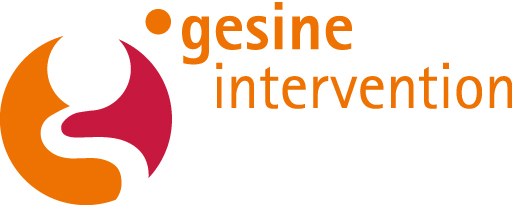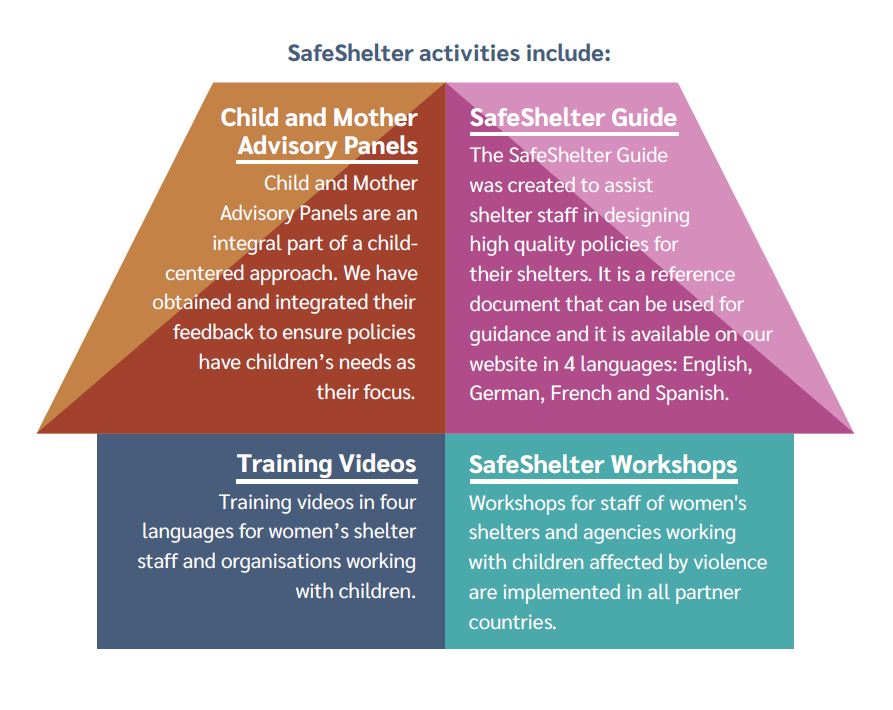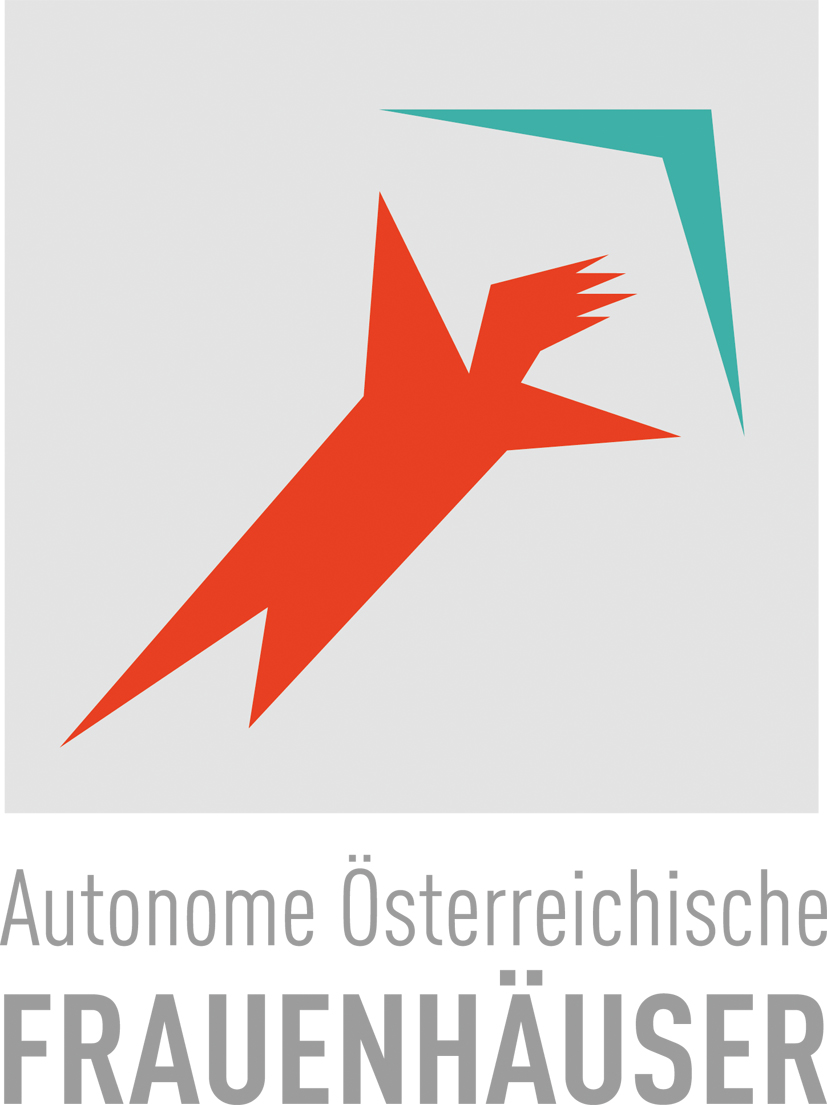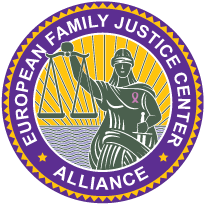-

SafeShelter: Child safeguarding in women's shelters
-

SafeShelter aims to provide capacity building on developing, implementing, and enforcing child safeguarding policies and frameworks for shelter and multisectoral staff working with children. SafeShelter’s vision is for all women’s shelters in the EU to have child safeguarding policies in place to improve the protection, safety and well-being of children during their stay in a shelter.
-

“The childcare worker was very friendly and fun. The time with her was very important for my daughter. Once a week she had time just with her alone. That was so special for my daughter.”
Mother living in a shelter in Austria
-

SafeShelter: Child safeguarding in women's shelters
-

SafeShelter aims to provide capacity building on developing, implementing, and enforcing child safeguarding policies and frameworks for shelter and multisectoral staff working with children. SafeShelter’s vision is for all women’s shelters in the EU to have child safeguarding policies in place to improve the protection, safety and well-being of children during their stay in a shelter.
-

“The childcare worker was very friendly and fun. The time with her was very important for my daughter. Once a week she had time just with her alone. That was so special for my daughter.”
Mother living in a shelter in Austria
What is SafeShelter?
SafeShelter is an EU co-funded project ensuring the development and implementation of child safeguarding guidelines designed specifically for women’s shelters. The project runs from January 2021 until December 2022 in 6 European countries: Austria, Belgium, the Netherlands, France, Germany, and Spain.
Project partners
The project team is composed of the Association of Austrian Autonomous Women’s Shelters, Verein AÖF as project Coordinator (Austria), and the partners are Psytel (France), Gesine (Germany), Conexus (Spain), and the European Family Justice Center Alliance, EFJCA (Belgium/Netherlands).

Child safeguarding in women’s shelters
Women’s shelters are one of the most crucial, specialised support services for women survivors of gender-based violence and their children. Children residing in shelters are witnesses of violence against their mothers, and over a half of them have also been emotionally, physically or sexually abused by the perpetrator, very often their father. Every child should live a life without harm and fear, no matter the age, gender, ethnicity, or religion.
The added value of child safeguarding policies
It is the task of every staff member in a women’s shelter to safeguard all staff, women and children and provide the right services to those who are not always able to protect themselves from abuse, harm, and neglect. Child safeguarding policies
based on international standards allow women’s shelters excel their safeguarding competences and provide the safest environment possible for children affected by violence.
What is a child safeguarding policy?
A child safeguarding policy in a women’s shelter describes how the specific shelter and staff will respond to any concerns related to child safety, in the best interest of the children, inside as well as outside of its premises.
SafeShelter Guide
The SafeShelter Guide has been developed to assist staff of women’s shelters who offer (crisis) care to women victims of gender-based violence and their children. The Guide is directed to these professionals and the collaborating services and agencies they work with, who are committed to keeping children in their shelters safe and protect them from all forms of violence.
The guide is a reference document that readers can use when they need guidance on various aspects of child safeguarding in women’s shelters, with the best interests of the child as the focus. The shelter staff can use the guide to support with developing and using their child safeguarding policy to improve the wellbeing of children in their care.
SafeShelter Guide English SafeShelter Guide German SafeShelter Guide French SafeShelter Guide Spanish
Safe Shelter Training Videos
Based on interviews with children residing in women’s shelters and their mothers, as well as staff of women's shelters, those four training videos show the importance of child safeguarding and good practices worked out within the SafeShelter project. The interviews took place in 2021 in 6 European countries.
- SafeShelter Training Videos in English
- SafeShelter Training Videos in French
- SafeShelter Training Videos in German
- SafeShelter Training Videos in Spanish
SafeShelter: A way to safety. Through children's eyes
SafeShelter: Child safeguarding policies for women's shelters
SafeShelter: Child safeguarding issues in women’s shelters and potential solutions
SafeShelter: Child safeguarding in shelters: additional resources are needed!
Safe Shelter Training Videos
Based on interviews with children residing in women’s shelters and their mothers, as well as staff of women's shelters, those four training videos show the importance of child safeguarding and good practices worked out within the SafeShelter project. The interviews took place in 2021 in 6 European countries.
Impact Brief
Contact
| Project Coordination Austria / EU |
Alicja Switon AÖF - Verein Autonome Österreichische Frauenhäuser |
|
|
|
France |
Marc Nectoux: nectoux@psytel.eu Stéphane Punel: s.punel@osilience.com Natacha Henry: gendercompany@yahoo.fr Psytel: psytel@psytel.eu |
 |
Germany |
Marion Steffens and Andrea Stolte GESINE Intervention |
|
|
Spain | Asociación CONEXUS Atención, Formación e Investigación Psicosociales info@conexus.cat (+34) 93 217 16 46 |
|
|
Belgium / the Netherlands |
THIS WEBPAGE HAS BEEN PRODUCED WITH THE FINANCIAL SUPPORT OF THE RIGHTS, EQUALITY AND CITIZENSHIP PROGRAMME (2014-2020) OF THE EUROPEAN UNION. THE CONTENTS OF THIS WEBPAGE ARE THE SOLE RESPONSIBILITY OF SafeShelter CONSORTIUM AND CAN IN NO WAY BE TAKEN TO REFLECT THE VIEWS OF THE EUROPEAN COMMISSION.













